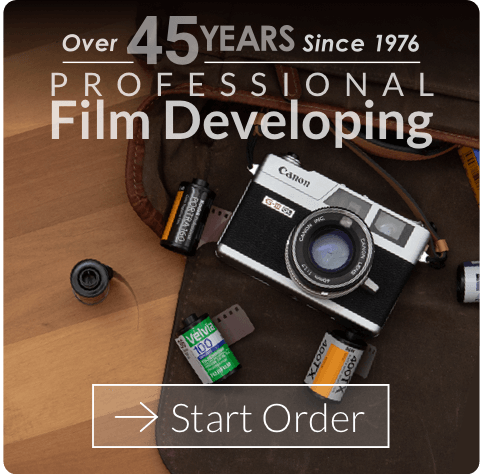APS Film
The Advanced Photo System (or APS) was introduced in 1996 as an alternative to or even as modern replacement for the 110 format.
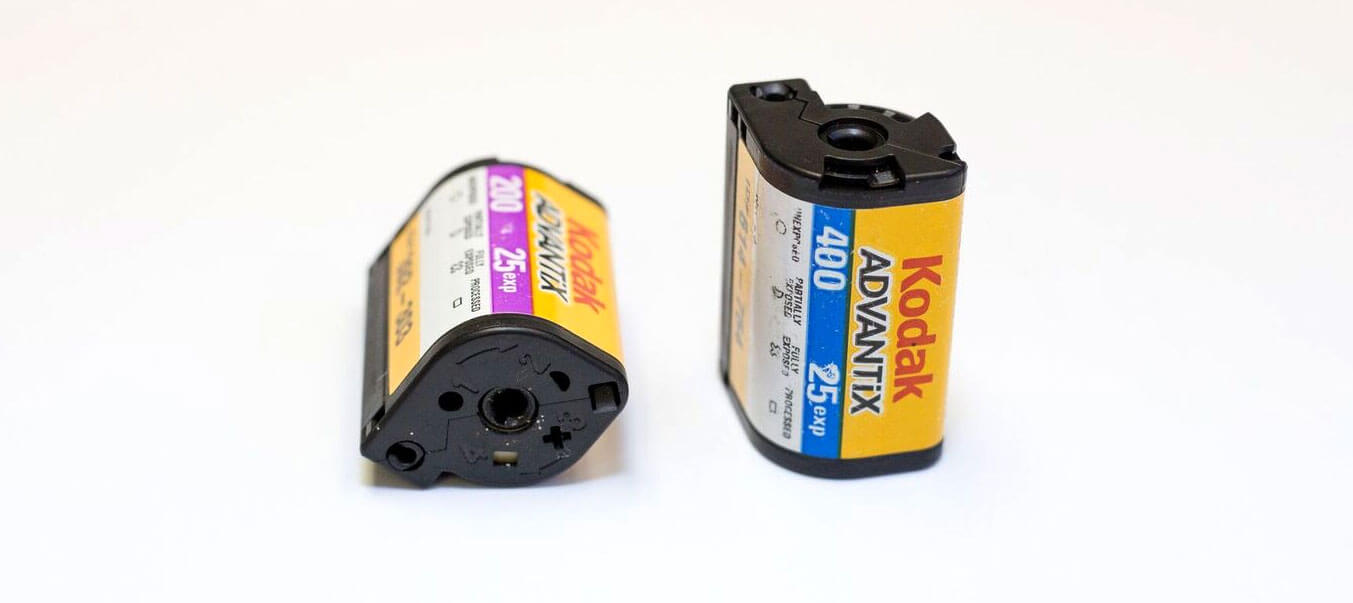
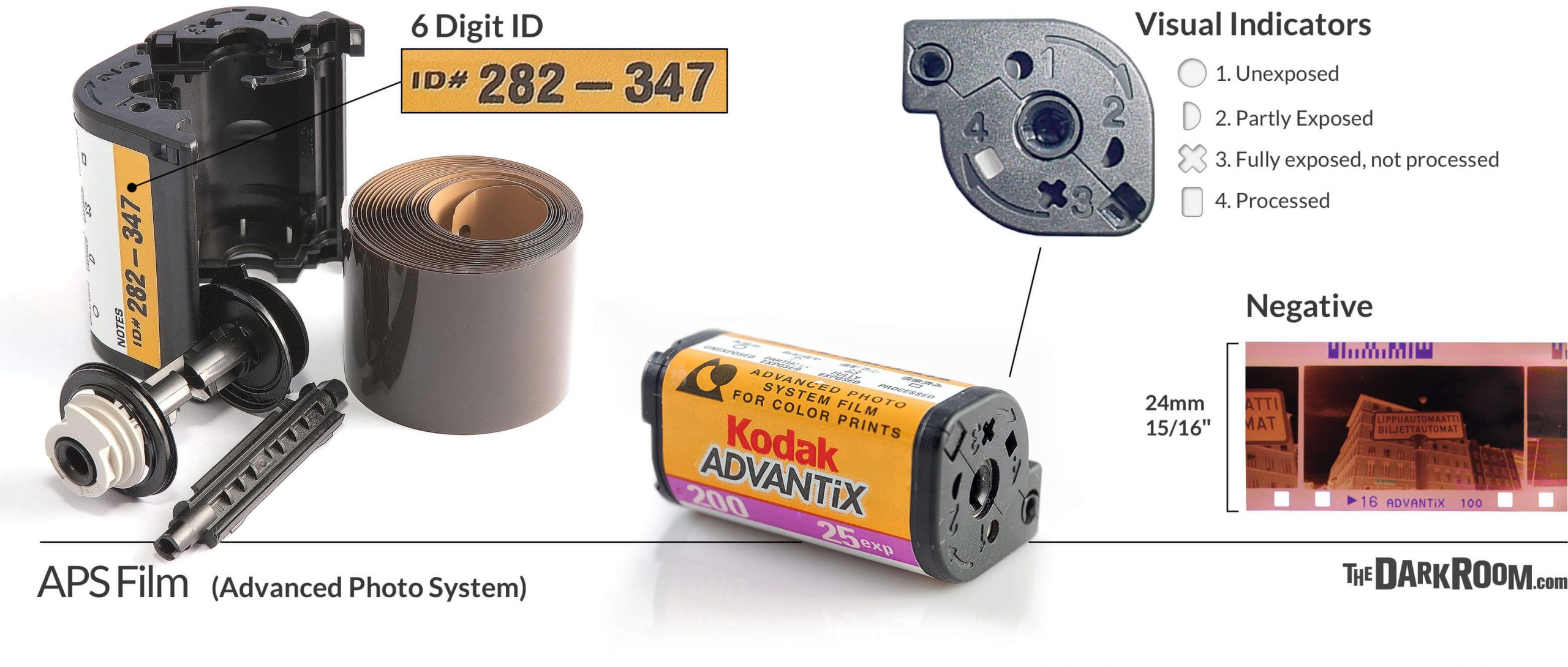
Numbered symbols (called ‘visual indicators’) on the cartridge end indicate the status:
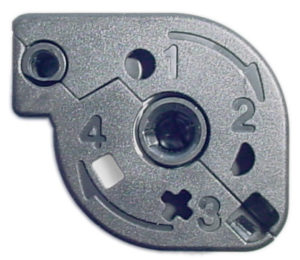
- Additionally, a tab on this end of the cartridge indicates that the cartridge has been processed. Full circle: Unexposed
- Half circle: Partly exposed
- Cross sign: Fully exposed but not processed
- Rectangle: Processed
APS Film Processing
Unique to APS, the developed APS film is stored in the original cartridge, which guards the film against dust, fingerprints, and damage. Every roll of APS film has a six-digit ID code on the label, which is also stored magnetically and is visible on either end of the processed negative. This ID is usually printed on the back of every individual print. This ID was designed to be an additional convenience both for the photo processor (who can easily match each strip of processed film with its cartridge and each cartridge to a particular customer’s order) and for the consumer, who can easily locate the correct cartridge if reprints are desired.
Aside from APS being easy to with fully automatic cameras, the main selling point was the ability to choose three print sizes or image formats:
- H – “High Definition” 4 x 7″ (30.2 × 16.7 mm)
- C – “Classic” 4 x 6″ (25.1 × 16.7 mm)
- P – “Panoramic 4 x 11”. (30.2 × 9.5 mm)
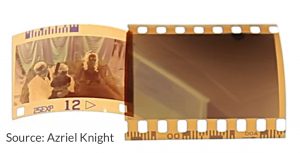 The Classic and Panromaic aspect ratios were accomplished with just cropping in on the images. One of the disadvantages of APS film was the film size, which was about 60% smaller than 35mm film. Also many film labs needed specialized developing equipment.
The Classic and Panromaic aspect ratios were accomplished with just cropping in on the images. One of the disadvantages of APS film was the film size, which was about 60% smaller than 35mm film. Also many film labs needed specialized developing equipment.
Most APS cameras (with the exception of some disposable cameras) can record all three formats; the format selection is indicated on the film by a series of exposed squares alongside the image area or recorded on the magnetic coating depending on the camera. In the absence of an operator-specified format, the machine printing an APS roll will use these indicators to determine the output format of each print.
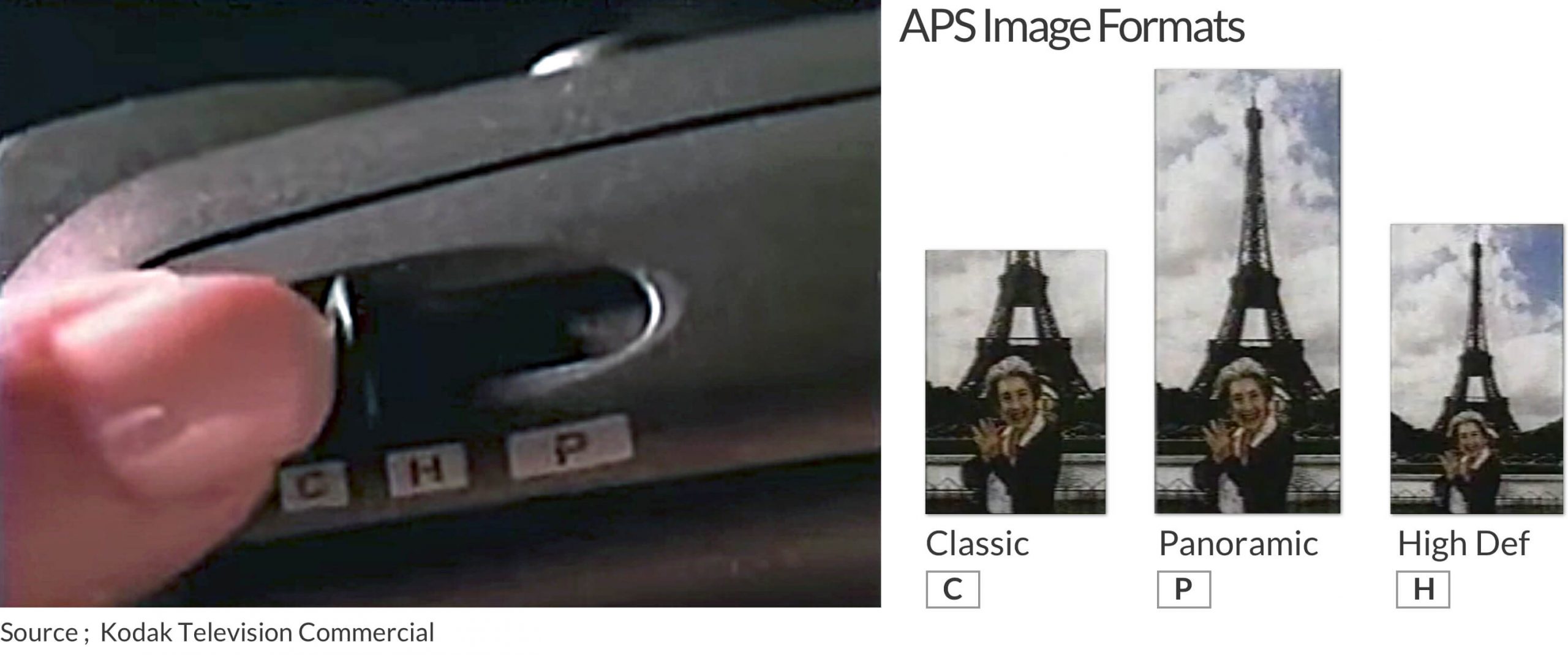
The film is 24 mm wide (just a little under one inch) and the frame is 16.7 x 30.2 mm (approx. 5/8 x 1 1/4 inch). Note the two perforations per frame (35 mm has 8), and the barcode which tells the printing machine the frame number (such codes are used on 35mm as well). The APS-specific transparent magnetic coating that carries the PQI information can’t be seen, naturally. Many cameras sense the position of the film optically, using infrared LEDs to “see” the perforations. If you put a developed film (which is transparent, as opposed to an undeveloped one) into such a camera, it will generate an error message – the Elph/Ixus displays an “H”, and has to be reset by removing and replacing the battery.
APS film is typically processed by using a small machine to transfer the exposed APS film from the original cartridge to a reloadable one, then re-attached to the original cartridge and rewound using another machine after processing.
Kodak Advantix APS 200 Color Film
![]() Kodak Advantix APS 200 film designed for zoom cameras and action shots. Discontinued in 2011, Kodak Advantix is becoming quite rare.
Kodak Advantix APS 200 film designed for zoom cameras and action shots. Discontinued in 2011, Kodak Advantix is becoming quite rare.
Developed for zoom cameras and for freezing action shots, Kodak’s Advantix 200 film features T-Grain Emulsion technology that produces finely grained color images in low-light situations or where the extended flash range is necessary. Kodak Advantix 200 is scratch resistant and features drop-in loading and an automatic reject device that prevents inserting exposed or processed film, reducing the risk of double exposures. Get great pictures in sunlight or low light, action or still, with this versatile 200-speed film.
Kodak Advantix film features T-Grain Emulsion technology for excellent performance in low-light situations, or where the extended flash range is necessary. It’s perfect for capturing fast action and is great for zoom cameras.
Negatives are returned inside the film cassette for easy storage, and index prints make it easier to reorder. An electronic charge stabilization agent provides better raw stock keeping, reducing the risk of color shifts as the unexposed film ages, and minimizing the effects of high temperature and humidity on the performance of the films.





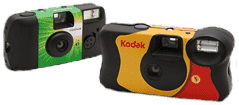
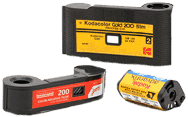
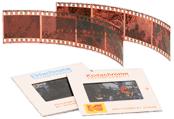






 Gift Cards
Gift Cards Film Index
Film Index FAQ
FAQ Desktop Framed Prints
Desktop Framed Prints